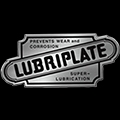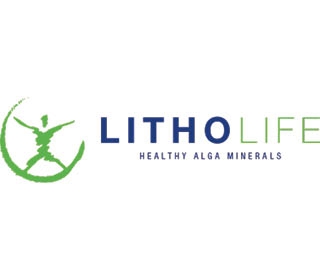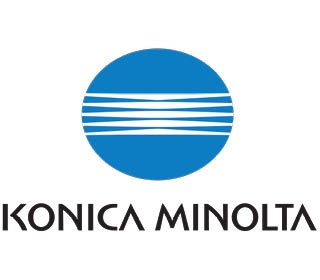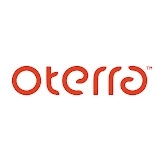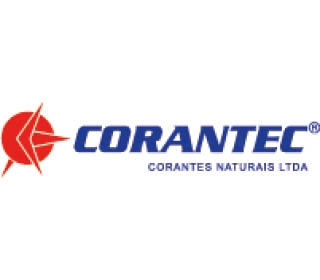New textures make plant proteins more like meat
New processing technologies are making the texture of meat alternatives more realistically meat-like than ever before, as manufacturers and consumers alike focus on texture as well as taste.
Meat substitutes have become increasingly meat-like in the past few years, breathing new life into the protein market. Products like Beyond Meat and Impossible Burger, developed in the United States, kick-started the trend in Europe, but more home-grown meat alternatives have begun to come to the fore.
New textures make plant proteins more like meat
Texture developments are attracting more meat-eaters to the category
According to the EU-funded TRUE project (TRansition paths to sUstainable legume-based systems in Europe), sales of meat alternatives skyrocketed 451% from 2013 to 2017. Other sectors of the European vegan proteins market have seen dramatic increases too, including bean-based snacks (up 128%) and other legume-based foods like hummus and chips made with beans or lentils (up 39%).
But it is the meat alternatives sector that has really taken off, and it has come a long way in just a few years. Companies like Netherlands-based Ojah, Seamore, Meatless and Vivera are among the frontrunners, and although they all aim to produce meat-like flavours from plant-based ingredients, the texture of their products has also propelled their success. Seamore, for instance, produces a bacon alternative made from 100% seaweed, making it one of the most clean label meat alternatives on the market. Strips of simply dried dulse seaweed have a chewy texture if eaten directly from the bag, but become crisp (like bacon) when fried.
Ojah has developed its own extrusion technology to create meat-like pieces with a fibrous yet tender bite. This is achieved through high moisture extrusion, which mixes plant protein flour with water at high pressure and temperature, and applies friction and shearing. The company uses soy and pea proteins, and started by producing a plant-based chicken-like product. In late 2019, it launched a “vegan ribs” product, after perfecting the texture using its extrusion technology. The aim, the company said, was to deliver “the bite, mouthfeel and juiciness of meat that carnivores appreciate”.
However, it is not just the finished product manufacturers themselves working on texture development. In March 2020, Irish contract research firm Cybercolloids announced it had developed a “high shear spinning system” that is cheaper than extrusion and also works to texturise plant proteins for meat alternatives. French pea protein specialist Roquette also recently acquired a Dutch facility specialised in the extrusion of plant proteins, which it hopes will help make pea protein a viable alternative to other common plant protein sources, like soy and wheat, for makers of extruded plant-based meat substitutes.
All of the innovation around texture has not gone unnoticed. Many vegetarians have consumed meat-like products such as plant-based sausages and burgers for years, and welcome the trend toward more meaty textures and flavours. Equally, others suggest this may be off-putting for some vegetarians. There is no one-size-fits-all.
For manufacturers, rising interest in plant-based eating is driving the trend among both vegetarians and meat-eaters, and as the texture, taste and aroma of some products have become more convincingly meat-like, research suggests meat-eaters are choosing such meat-free products more often.











